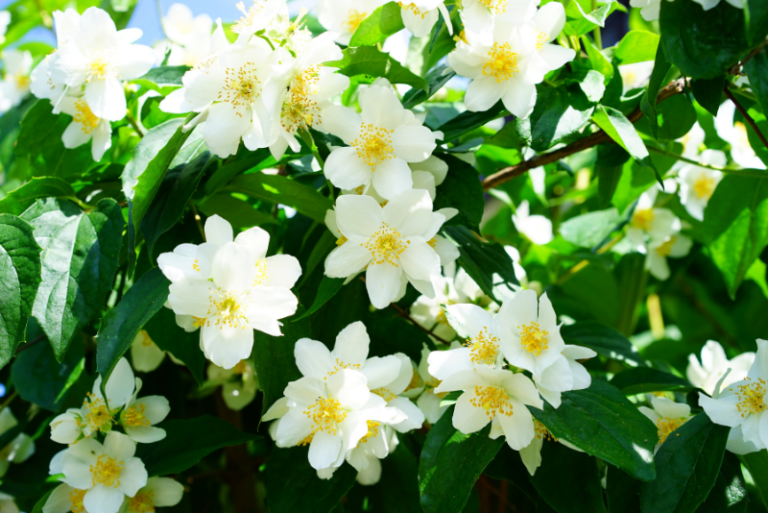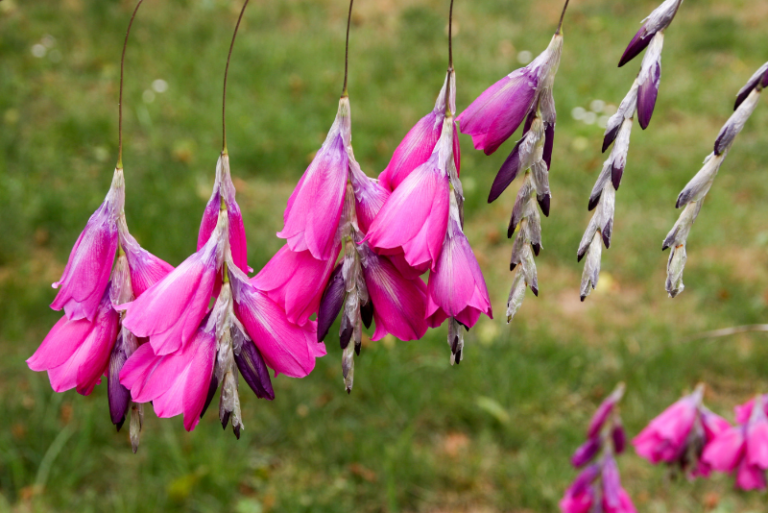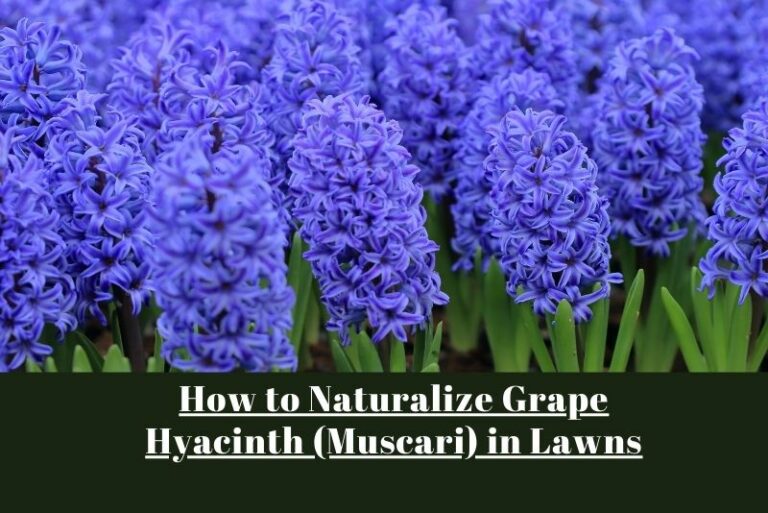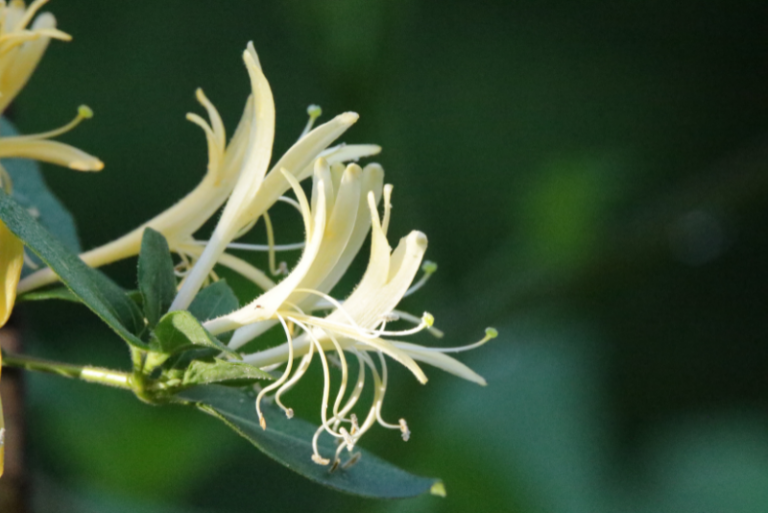Orchid Water Requirements: How Much Water Do Orchids Need?
Orchids, with their exotic appeal and delicate charm, have long captured the hearts of plant enthusiasts. Yet, despite their popularity, these enigmatic flowers remain a puzzle to many indoor gardeners. One of the most crucial elements of orchid care, and perhaps the most misunderstood, is watering. Get it right, and your orchid will reward you with stunning blooms — get it wrong, and you might just watch your prized plant wilt away. Here’s a comprehensive guide to demystifying orchid water requirements and ensuring your beloved orchids receive the hydration they deserve.
Understanding Orchid Watering Needs

The Diversity of Orchid Water Needs
Orchids are not a monolithic group when it comes to water requirements. The family Orchidaceae encompasses an astounding variety of species, each with its unique preferences. From the moisture-loving Paphiopedilums, also known as Lady’s Slipper orchids, to the semi-arid Cattleyas, these plants hail from different ecological niches, and their watering requirements reflect that diversity.
Signs of Overwatering and Underwatering
The ability to read your orchid’s signals is vital in determining if you’re supplying too much or too little water. Overwatered orchids may exhibit yellowing leaves that turn mushy, a persistently wet potting media, or even a foul odor from the roots. On the flip side, underwatering might cause shriveled, wrinkly leaves, and dry media that pulls away from the sides of the pot.
Factors Influencing Orchid Watering
The Impact of Light on Watering Needs
Light, a primary source of energy for plants, can also influence their water requirements. Orchids in brighter conditions will photosynthesize more often and might require water more frequently than those in lower light levels.
Humidity: The Silent Moisture Player
Orchids are predominantly tropical or subtropical plants, accustomed to high humidity. In arid environments, increased evaporation can lead to quicker drying of the media, necessitating more frequent watering.
Potting Medium’s Role in Hydration
The choice of potting mix profoundly affects the way water interacts with your orchid’s roots. Materials like sphagnum moss or coconut husks hold onto moisture, while bark chips or perlite provide excellent drainage. Assessing the dryness or moisture of the potting medium is a vital signpost for when to water.
Best Practices for Watering Orchids
Timing Is Essential
Unlike a fixed schedule, the frequency of watering orchids should be based on their individual needs, which can be seasonal and even change as they grow. Aim to water when the medium is nearly dry but not completely — for most orchids, this typically translates to every 1-2 weeks.
Top-Down vs. Bottom-Up: What’s Best for Your Orchid?
The top-down method, where you pour water directly onto the potting medium, is the most common. However, for certain orchids that detest water on their leaves or in their crowns, bottom-up (or soak-and-dry) can be more suitable. Placing the pot in a saucer filled with water allows the plant to absorb moisture from the bottom.
The Case for Drainage
Drainage is non-negotiable in orchid care. Without it, water collects in the bottom, leading to root rot — a death sentence for most orchids. Always ensure that the pot has drainage holes, and never leave your orchid sitting in a pool of water after watering.
Tips for Maintaining Healthy Orchids
Monitoring Soil Moisture: The Finger Test
When in doubt, use the “finger test.” Insert your index finger into the potting medium up to your first knuckle. If it feels dry, it’s often time to water. For those averse to the direct approach, specially designed moisture meters can offer a more objective reading.
Adapting to the Seasons
Nature’s cycles dictate plant needs, and orchids are no exception. During their active growing phase, typically from spring to fall, your orchid may require more water. In winter, when many orchids rest, you’ll likely need to adjust your watering schedule to reduce the frequency.
Staying Connected to Your Orchid
Observe your orchid regularly and be willing to adjust your watering techniques based on its response. Is it growing new roots? Then maybe it’s ready for a bit more water. Is it spiking, preparing to bloom? This is not the time to withhold — a little extra TLC might be in order.
By following these guidelines and being attuned to your orchid’s specific needs and the conditions it’s living in, you can establish a watering routine that fosters health, vitality, and, eventually, those breathtaking blooms. Remember, your orchid is an individual with a story to tell through its growth. Listen to what it’s saying — particularly when it comes to a topic as vital as water.






